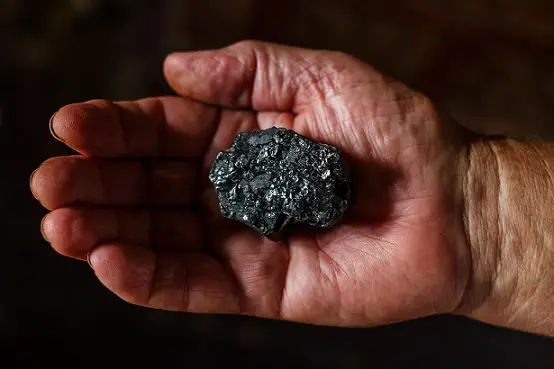Coal is returning as a source of energy powering western economies.
In the US, coal production is increasing significantly from last year. The Energy Information Administration reports that production in the US is up 6% from the first quarter of 2021. However they estimate that by the end of the year, that figure will even out to a 3% year over year increase. That is mainly because while production was up, consumption and exports were down 4% in the first quarter of 2022, increasing reserve supply.
However global use of coal has jumped due to the energy crisis in Europe, produced by the geopolitical situation surrounding the war in Ukraine. China too has ramped up both production and consumption of coal, amid sky-high prices for crude and gas as it attempts to ramp up its post-lockdown production.
Even in the cosmopolitan EU, facing possible further cuts in gas supply from Russia, Brussels has given the green light to increase the use of coal over the next decade. The European Commission estimates that up to 5% more coal could be used as a result. However they note that figure could shoot considerably higher in the short term as the current crisis unfolds.
According to a report by Reuters, EU countries which had planned to exit coal usage entirely have now increased both production and usage for energy generation. It noted the current demand for coal is so great, that even the Taliban government in Afghanistan just increased the price for its coal from $90 to $200 per ton. The move came as Pakistan looked into importing Afghani coal to power its economy. The move upset energy-hungry China, where energy companies threatened a blockade of Afghan coal imports and exports.
The sudden reversal on coal has also raised questions about previous commitments by various nations to curb coal usage and production in favor of greener energy sources. According to the report, the 27 member EU had previously committed to a net-zero emission goal by 2050, shifting reliance toward nuclear power and renewable sources. These agreements now appear to be being ignored, as EU countries begin scrambling for new coal sources.
And while no EU nation has openly reversed its commitment to phase out coal by 2030, Germany, Austria, France, and the Netherlands have all announced plans to enable coal power generation to use in the event Russia suddenly cuts off its gas supplies.
In Asia, Beijing just capped coal prices and is increasing production. Already 60% of the nation’s power requirements are produced by coal. Reportedly China has decided to increase the nation’s reliance on low-cost coal as it attempts to boost its economy and amp up production post-lockdowns.
In India, the world’s second biggest coal importer, it received record imports this June. Thermal coal imports for the nation were up 35% monthly to 19.22 million tons in June. That is a 56% increase above levels seen in June of 2021. Thermal coal is used for electricity production, and is separate from metallurgical, or “coking” coal.
Overall, the world is seeing a resurgence of coal, as nations find themselves in dire straits, with little other option. It makes it appear the world ironically needs a thriving economy that is in high production, in order to be able to afford to make the world a cleaner, greener space.

